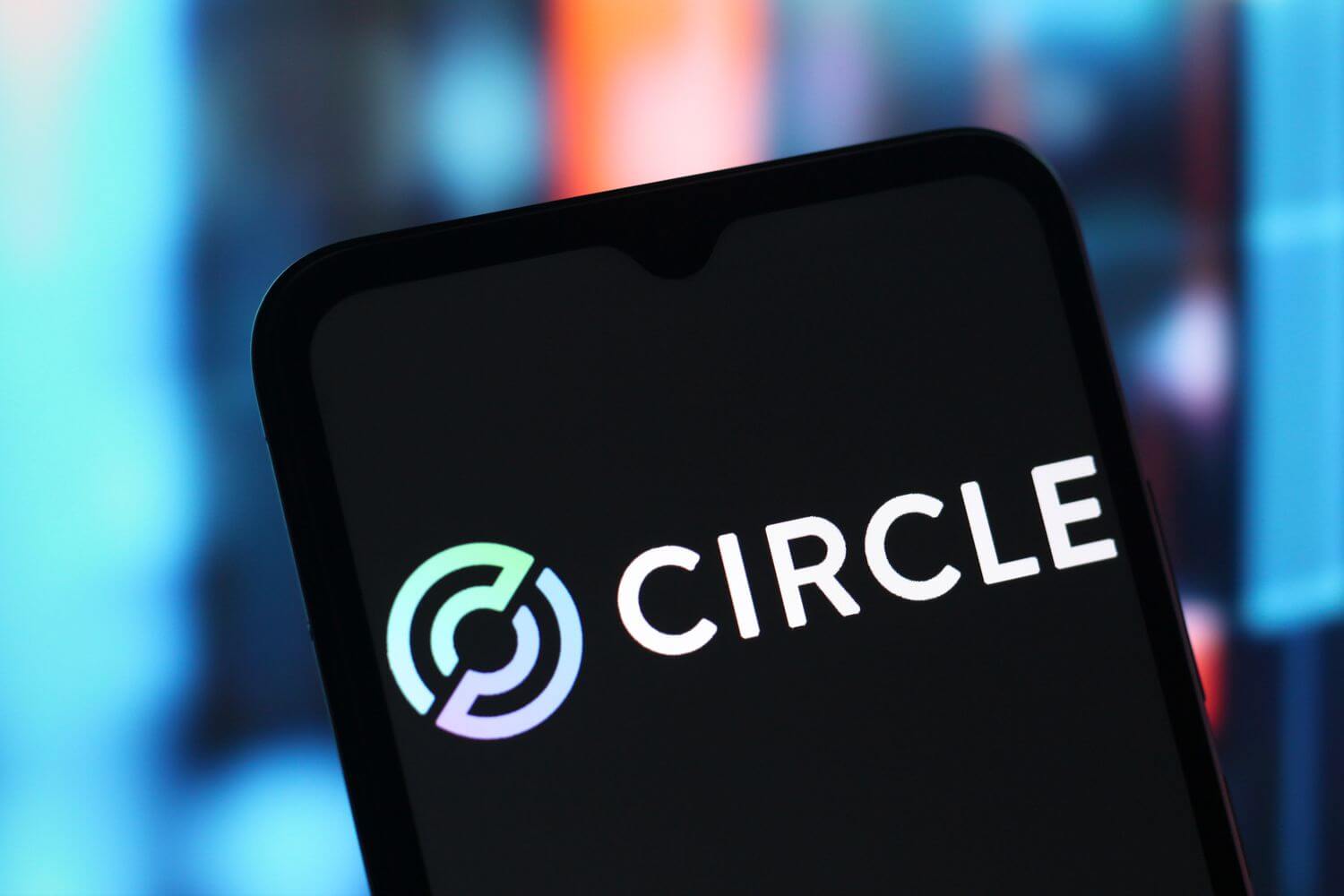Circle, the fintech firm behind USD Coin (USDC), is experiencing a surge in market optimism, fueled by its recent debut on the New York Stock Exchange (NYSE) and favorable regulatory developments. This surge marks a significant turning point for stablecoins, potentially paving the way for mainstream financial integration.
Circle's IPO was met with strong investor demand. Trading commenced on June 5, 2025, with the stock opening at $69 per share and quickly climbing as high as $103.75, before closing at $83.23. The initial public offering price was $31 per share, but demand was so high that the offering was upsized twice. The successful IPO gives Circle a valuation close to $19 billion.
A key factor contributing to Circle's positive momentum is the increasing regulatory clarity surrounding stablecoins. The U.S. Senate recently passed the GENIUS Act, a landmark bill that establishes a federal framework for stablecoins. The GENIUS Act mandates that stablecoin issuers maintain 1:1 reserves of high-quality liquid assets and provide transparency through monthly disclosures and annual audits. The bill opens the door for the use of stablecoins by banks, fintech firms, retailers, and other traditional financial players.
Circle is well-positioned to benefit from this regulatory tailwind. Unlike some of its competitors, particularly Tether, Circle has prioritized regulatory compliance and transparency. USDC is fully backed by cash and short-term U.S. Treasuries held with G-SIB custodians, and Circle provides daily reserve snapshots and monthly attestation reports. This commitment to transparency has fostered trust among regulators and institutional investors.
The potential for stablecoin adoption is substantial. In 2024, stablecoin transfer volume reached $27.6 trillion, surpassing the combined volume of Visa and Mastercard. Experts predict that stablecoin adoption could triple annually once clear U.S. rules are in place. As a regulated dollar token that settles in seconds, USDC offers an operational upgrade over traditional banking and card networks, particularly for cross-border business invoices, migrant remittances, and on-demand treasury liquidity.
Circle's competitive advantages extend beyond regulatory compliance. USDC operates natively on over twenty blockchains. This broad compatibility makes it a versatile tool for payments, trading, remittances, and decentralized finance (DeFi). Circle is also focused on building a global stablecoin network that facilitates near-instant, low-cost money movement. Its Payments Network enables real-time monetary settlement between firms using USDC.
Despite Circle's strengths, it faces competition from other stablecoin issuers, including Tether, PayPal USD, and Paxos USDP. Tether's USDT remains the largest stablecoin by market capitalization, benefiting from its deep liquidity. However, USDT's lack of transparency has raised concerns among regulators and institutional investors. Should the U.S. Stablecoin Act pass largely intact, experts anticipate a shift toward regulated alternatives, favoring Circle's approach.
Looking ahead, Circle's growth prospects are closely tied to the evolving regulatory landscape and the increasing adoption of stablecoins in mainstream finance. With its commitment to compliance, technological innovation, and strategic partnerships, Circle is well-positioned to capitalize on the growing demand for digital dollars. Analysts project that the stablecoin market cap could reach $2 trillion over the long term, presenting a significant opportunity for Circle to expand its market share and solidify its position as a leading player in the digital asset ecosystem.

















